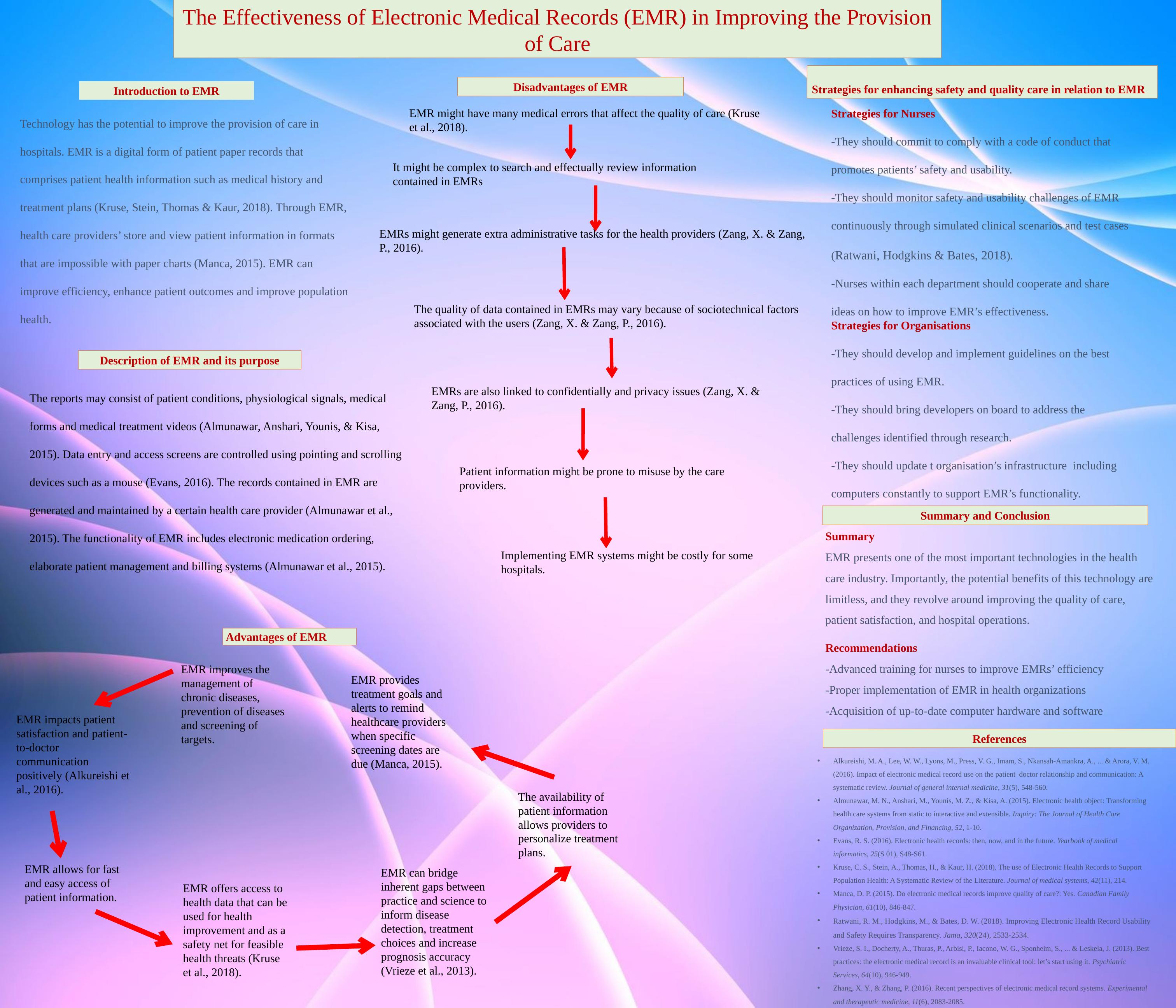The Effectiveness of Electronic Medical Records (EMR) in Improving the Provision of Care
A step-by-step guide on how to create scientific posters using PowerPoint 2010.
1 Pages803 Words464 Views
Added on 2023-04-10
About This Document
This presentation discusses the effectiveness of Electronic Medical Records (EMR) in improving the provision of care. It explores the advantages and disadvantages of EMR, strategies for enhancing safety and quality care, and the impact of EMR on patient satisfaction and communication.
The Effectiveness of Electronic Medical Records (EMR) in Improving the Provision of Care
A step-by-step guide on how to create scientific posters using PowerPoint 2010.
Added on 2023-04-10
ShareRelated Documents
End of preview
Want to access all the pages? Upload your documents or become a member.
EBP PROJECT 1 EBP Project Name Institution EBP PROJECT 2 EBP Project Name Institution EBP PROJECT 1 EBP Project Name Institution EBP PROJECT 1 EBP Project Name Institution EBP PROJECT 2 EBP Project Na
|3
|421
|498
EMR INTEGRATION REFLECTION.
|3
|438
|30
Healthcare Practices Essay
|7
|1893
|406
Barcode Medication Administration
|7
|1246
|483
Impact of Technology in Healthcare
|6
|1058
|292
Literature Review on Electronic Health Record and Patient Confidentiality and Privacy
|13
|3811
|37

